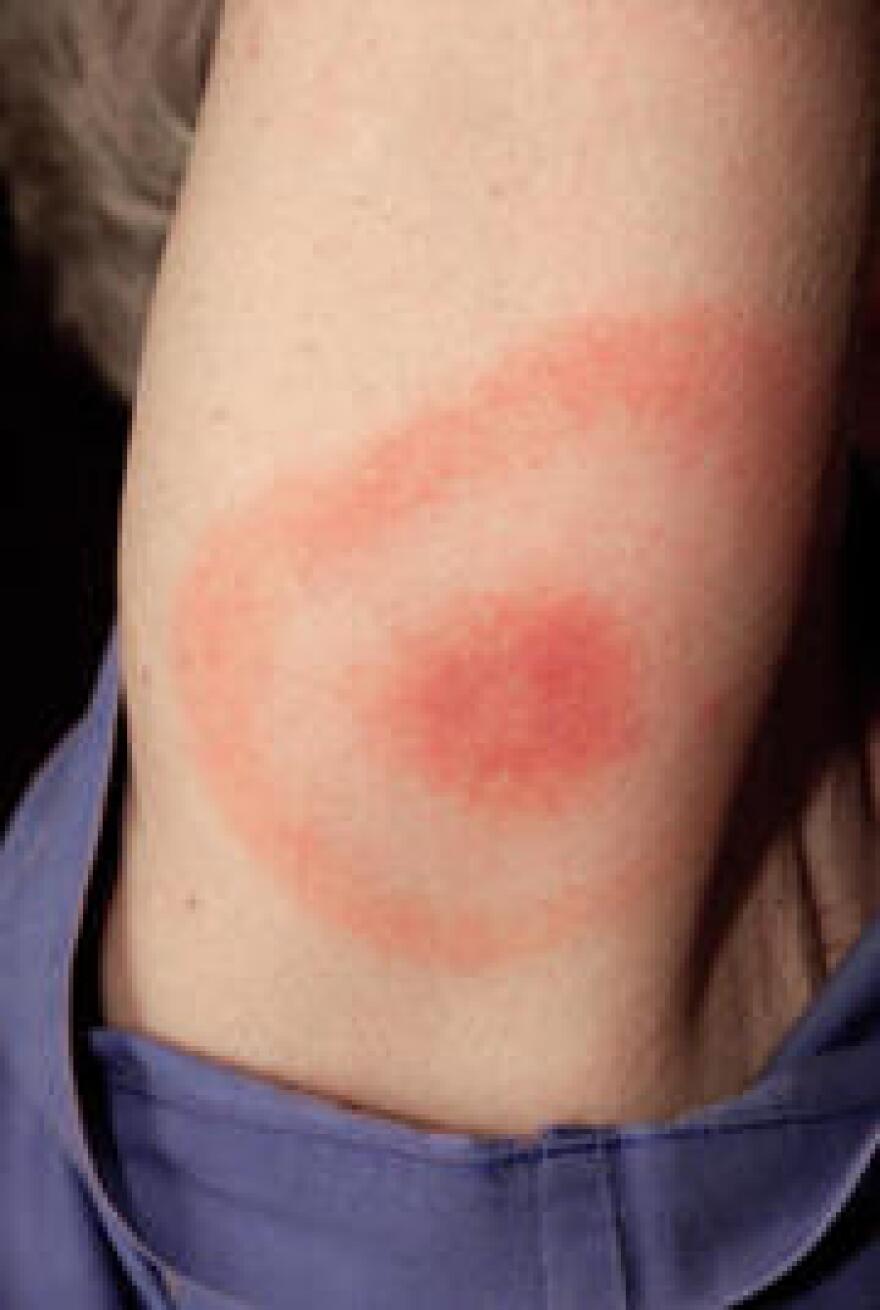Tick season is here again. And with Lyme disease on the rise in Michigan and other parts of the U.S., it’s important to know the facts about ticks.
Blacklegged ticks can transmit Lyme disease, and they typically have been most commonly found in the western counties in Michigan.
Read more: 5 things to know about ticks in Michigan
But Erik Foster, a medical entomologist with the Michigan Department of Health and Human Services, says the blacklegged tick population has expanded quite dramatically over time.

“Beyond the west side of the state, we’ve documented this spread into parts of mid-Michigan and even into parts of southeast Michigan. Beginning last year, we started seeing them in Washtenaw County, south of Ann Arbor, and we’re starting to see them expand even onto the east side of the state,” he says.
He says they've also seen more cases of Lyme disease in Michigan over time.
Foster says symptoms of Lyme disease often include the trademark bullseye rash, fever, headaches, and fatigue.
Foster says it’s important to do tick checks after you spend time in wooded areas. This time of year, blacklegged ticks are in the nymphal stage, and they're really tiny: the size of a poppy seed.

"They tend to attach in certain places: they like places like behind your knee, the waistband area, the nape of the neck on the hairline, areas like that. And remove them as quickly as possible, because if you remove one of these ticks quickly you can prevent Lyme disease from being transmitted if it's infected," says Foster.
Foster says if you find a tick on your body, you can send it in (alive, in a little tube) to MDHHS for identification and to have it tested for the bacterium that causes Lyme disease using this free tick submission kit.

Blacklegged ticks can also rarely transmit Powassan virus, which can cause severe neurological problems, and can be deadly (NPR did this great piece on emerging diseases transmitted by ticks).
Erik Foster says Powassan virus is not common in Michigan.
"We haven't identified a case of Powassan virus in a person in Michigan in over a decade. We did have one case quite a long time ago, but we haven't seen it pop up here. It may be around in very, very low incidence in some locations but not a particularly high risk," he says.
You can find more information about avoiding tickborne diseases here.





